Storage tanks are essential infrastructure components that facilitate the safe and efficient handling of raw materials, intermediates, and finished products across a wide array of industries. A storage tank is used to hold large quantities of liquids or gases, such as water, petroleum products, or chemicals, for later use or distribution. Thus, tank pressure measurement maintains process management, safety, and equipment longevity. Whether in the oil and gas, chemical, food processing, or water treatment and management industries, accurate monitoring of tank pressure helps prevent accidents, optimize operations, and ensure regulatory compliance. In this article, we will explore the importance of tank pressure measurement and tips for selecting the right tank pressure transmitters or level transmitters for your applications.
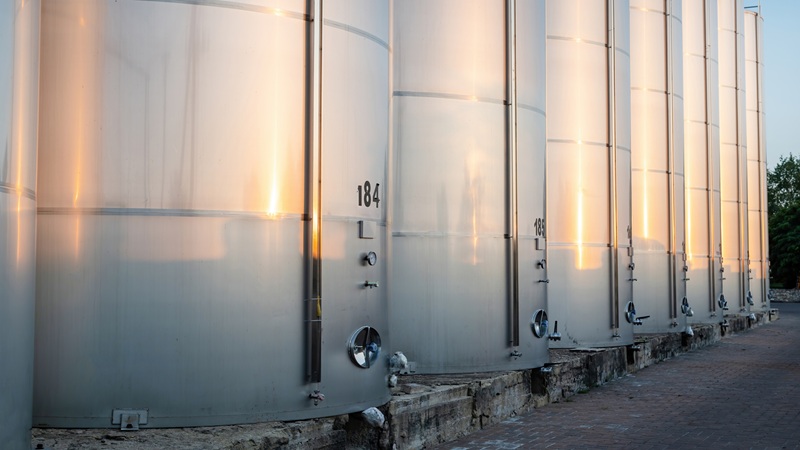
Why is Tank Pressure Measurement Important?
• Safety: Ensures that pressure levels stay within safe limits, preventing overpressure that could lead to tank rupture or accidents.
• Process Control: Maintains optimal pressure for chemical reactions, fluid flow, or storage conditions, ensuring efficiency and product quality.
• Leak Detection: Sudden pressure drops can indicate leaks or system faults that need immediate attention.
• Regulatory Compliance: Many industries require pressure monitoring for safety and environmental compliance.
• Equipment Longevity: Helps avoid damage to tanks and associated equipment caused by incorrect pressure levels.
How to Measure Storage Tank Pressure?
The storage tank pressure measurement refers to the process of determining the internal pressure/level within a tank. The specific type of pressure instruments and the methods of measurement depend on the tank's configuration (open or sealed, pressurized or unpressurized) and the measured medium.
Open Tanks
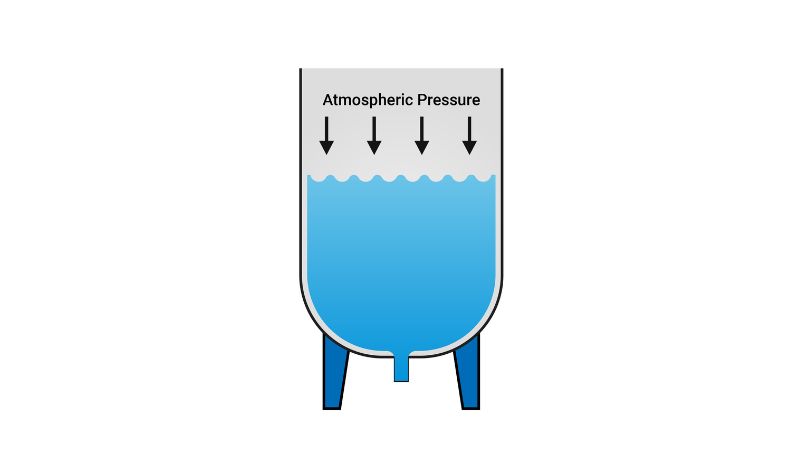
In open tanks or vented tanks, pressure is primarily determined by the hydrostatic pressure of the liquid column, as the tank is exposed to atmospheric pressure. The pressure at the base of the tank increases with the height of the liquid and the specific gravity of the liquid. Thus, the pressure value can be calculated by the formula: P=ρgh.
The Micro Sensor's hydrostatic pressure sensor can be fully submerged at the bottom or externally mounted at the lowest point of the tank, allowing for the calculation of hydrostatic pressure. Common applications of open or vented tanks are used in water & wastewater storage systems, cooling systems, and chemical processing.
Sealed Tanks
In sealed tanks or pressurized tanks, the measured medium can be liquid or gas.
For gas-filled tanks like compressed industrial gas cylinders, a pressure transmitter measures the physical pressure within the tank and outputs that information as an electrical signal.
Sealed liquid-filled tanks like LNG storage tanks, pressure measurement typically involves using a differential pressure (DP) transmitter. This is because the pressure at the bottom of the tank includes both the hydrostatic pressure of the liquid and the pressure of the gas above it. Traditional static pressure transmitters can be misleading, as they would indicate a higher liquid level due to the gas pressure. The DP transmitter would measure the difference between the total pressure at the bottom and the gas pressure at the top. By calculating the pressure difference, the liquid level and tank pressure can be determined.
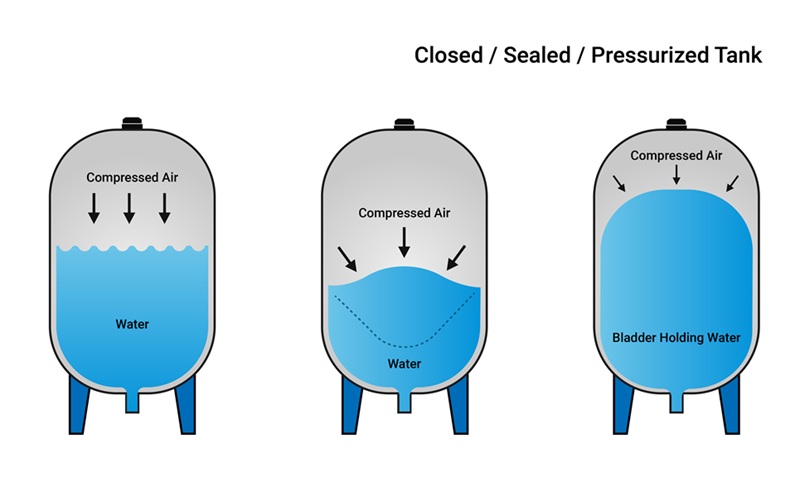
Sealed tanks are used in applications where fluids need to be stored or processed under controlled pressure conditions. Common applications include:
• Chemical and Petrochemical Industries: For storing and transporting chemicals under pressure to prevent evaporation or contamination.
• Compressed Air Systems: Air tanks or reservoirs that store compressed air for manufacturing, diving, or pneumatic tools.
• Liquefied Gases Storage: Such as LPG, propane, or other gases stored at high pressure for energy, heating, or industrial use.
• Hydraulic Systems: Reservoirs that maintain pressure in hydraulic machinery.
What Exact Medium/Media Do Tank Pressure Sensors Measure?
Tank pressure transmitters are typically designed to measure the pressure of particular gaseous or liquid media inside different types of tanks. The common examples include:
- Liquids: water, oil(gasoline, diesel, kerosene, etc.), chemicals(methanol, ethanol, diesel exhaust fluid (DEF), diesel coolant, etc), etc.
- Gases: air, natural gas, industrial gas(oxygen, hydrogen, nitrogen, carbon dioxide, argon, etc), etc.
The tank sensor itself isn't limited to a specific medium but is chosen based on the compatibility of materials with the media being measured (to avoid corrosion or damage).
Where to Install a Tank Pressure Transmitter?
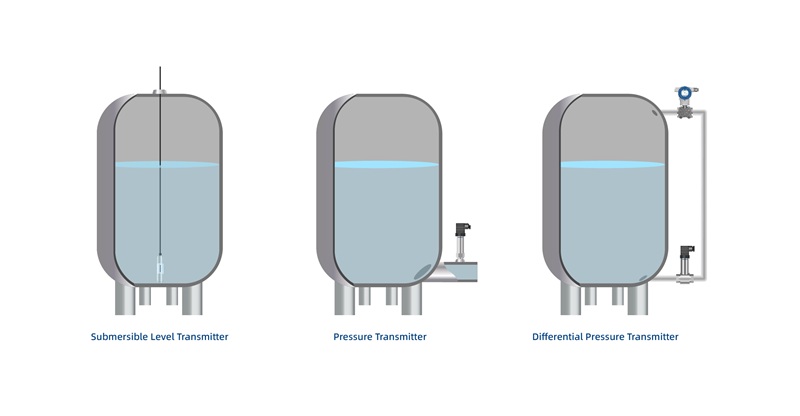
The specific location depends on the special application, whether it's for level measurement or pressure monitoring.
✅ A tank pressure transmitter should typically be installed at the bottom of a tank. This allows for accurate measurement of hydrostatic pressure.
✅ For external mounting, a pressure transmitter can be threaded on the outlet line, a side bung, or a flange.
✅ The submersible level transmitter is placed at the lowest point of the internal tank.
✅ Sometimes, the tank pressure sensor is also installed at the top or near the top of the tank, where it can measure the hydrostatic pressure of the fluid or vapor space.
Considerations for Installation
- Avoid turbulence or vapors: Install in a location with stable, calm conditions for accurate readings.
- Accessibility: For maintenance or calibration purposes.
- Vibration and temperature: Install away from sources of vibration or extreme temperature fluctuations that could affect sensor accuracy.
How to Choose a Suitable Tank Pressure/Level Transmitter?
Choosing a suitable tank pressure/level transmitter depends on several factors related to your specific application. Here are key considerations:
• Type of Medium: Liquid or gas. Some transmitters are designed specifically for certain media. For example, using PTFE material enhances corrosion resistance.
• Measurement Range: Determine the maximum and minimum pressure/level to ensure the transmitter's range covers these values.
• Tank Characteristics: Is the tank accessible, underground, or open/sealed(pressurized)?
• Process Conditions: Temperature, pressure, and chemical compatibility. Verify the transmitter’s materials and ratings.
• Installation Environment: Indoor or outdoor, hazardous areas (explosion-proof, intrinsically safe).
• Accuracy and Stability: Required precision, stability over time, and calibration needs.
• Output Signal: Standard signals like 4-20 mA, HART, and digital protocols.
Final Tip: Consult Micro Sensor's datasheets to match the specifications closely with your process conditions.
Once you have considered all the factors, you can select the most appropriate tank pressure transmitter for your application. Would you like help in narrowing down a specific type or model for your application? Consult with Micro Sensor experts for guidance if needed.
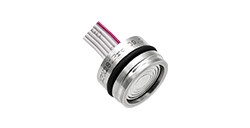
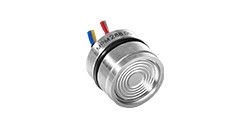
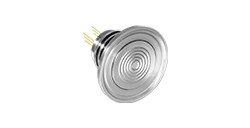
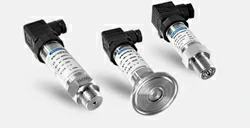


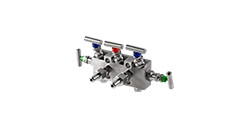
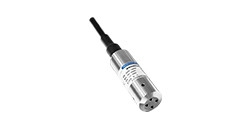
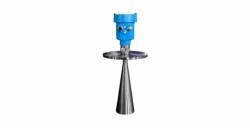
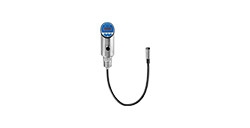
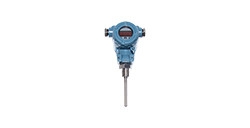
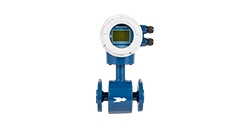
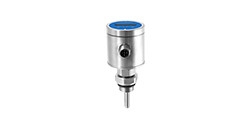
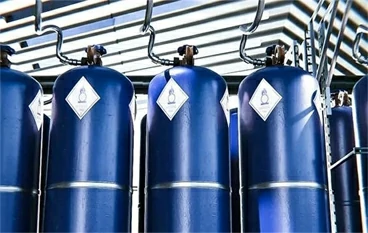
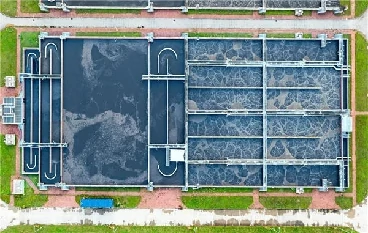
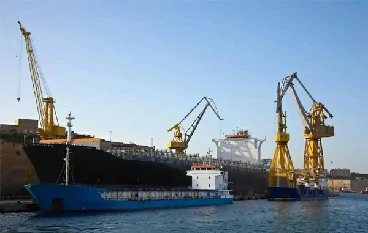
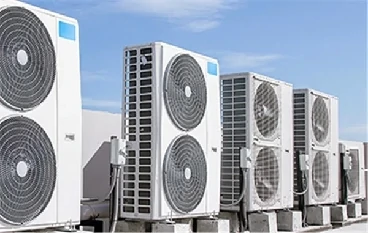
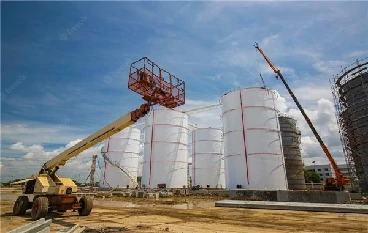
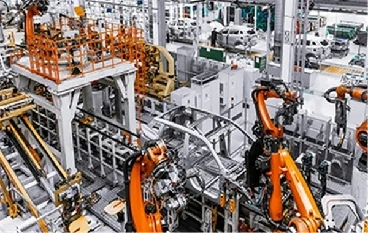
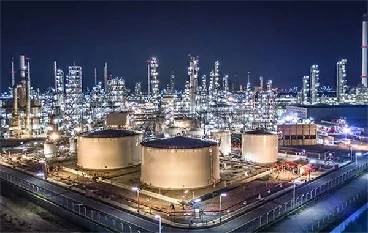
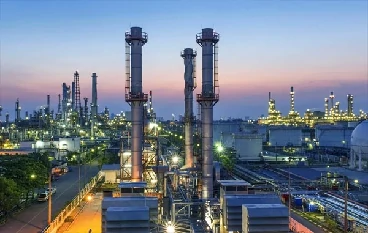
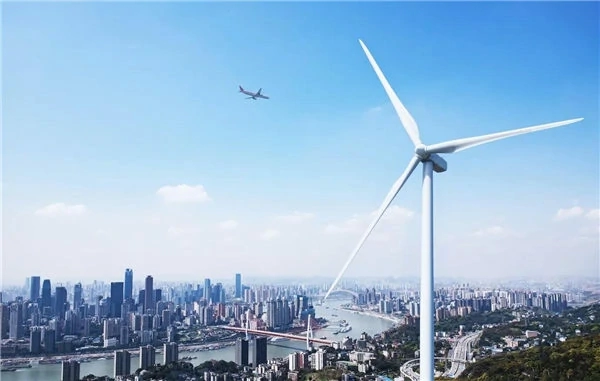
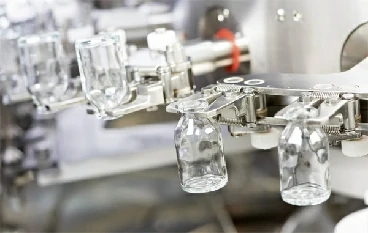
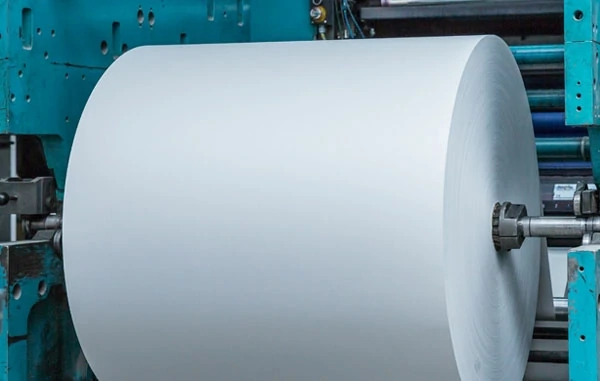
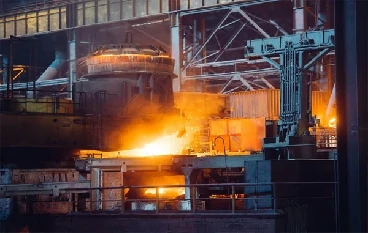
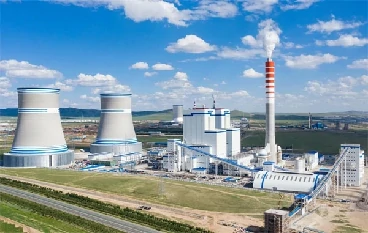

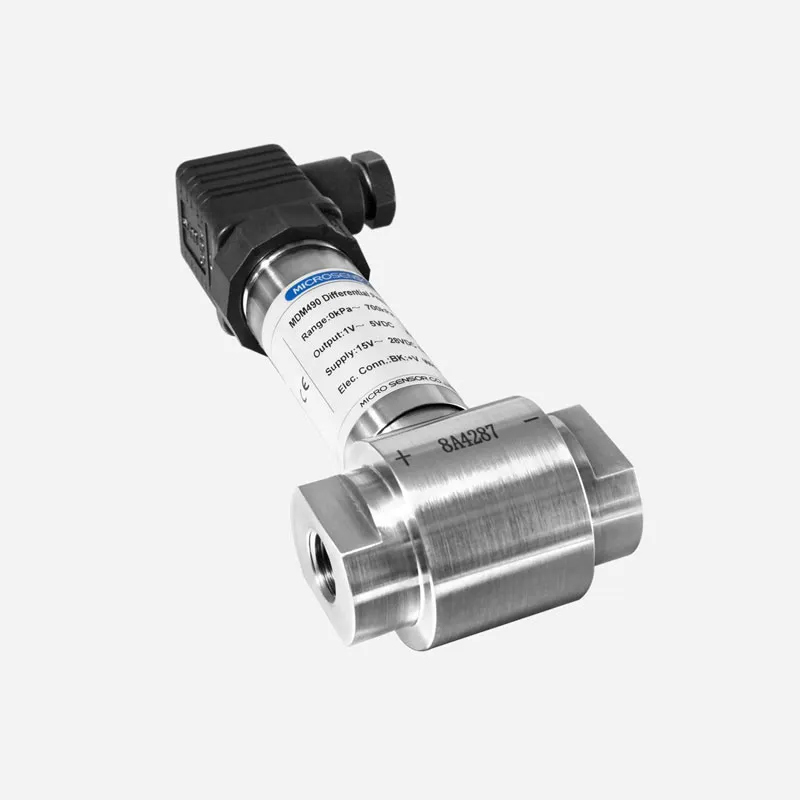
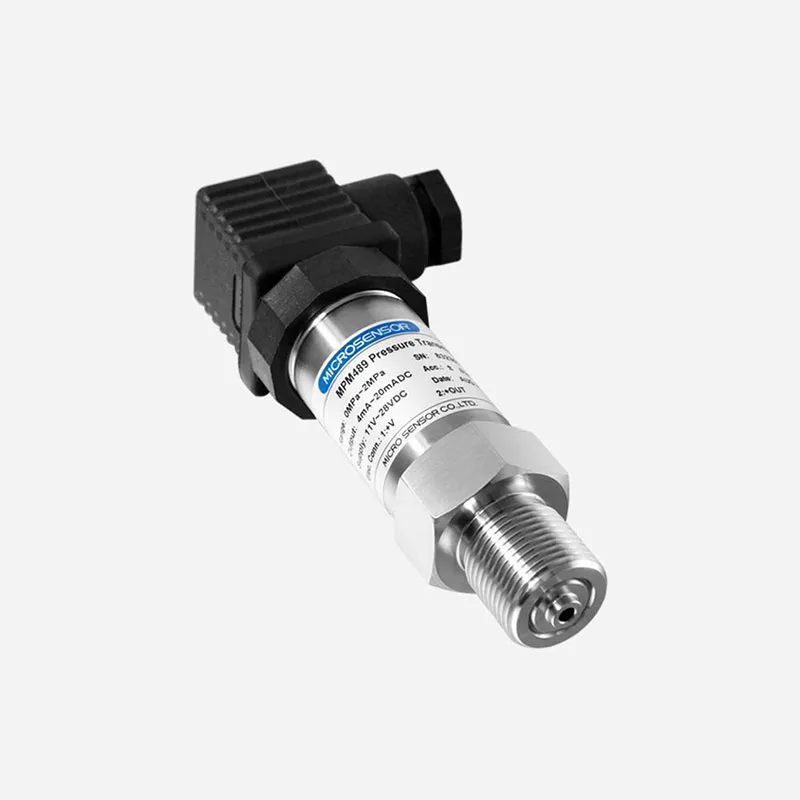
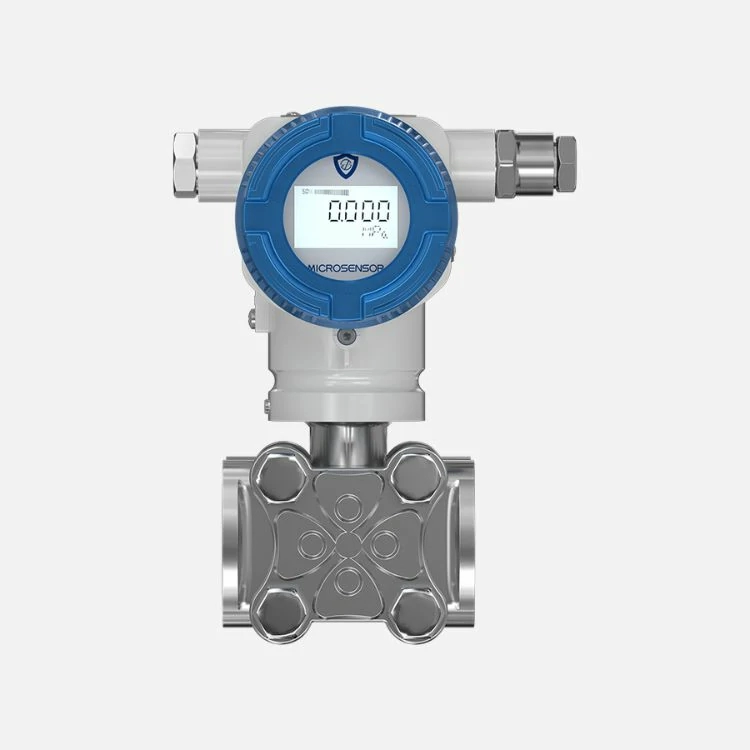
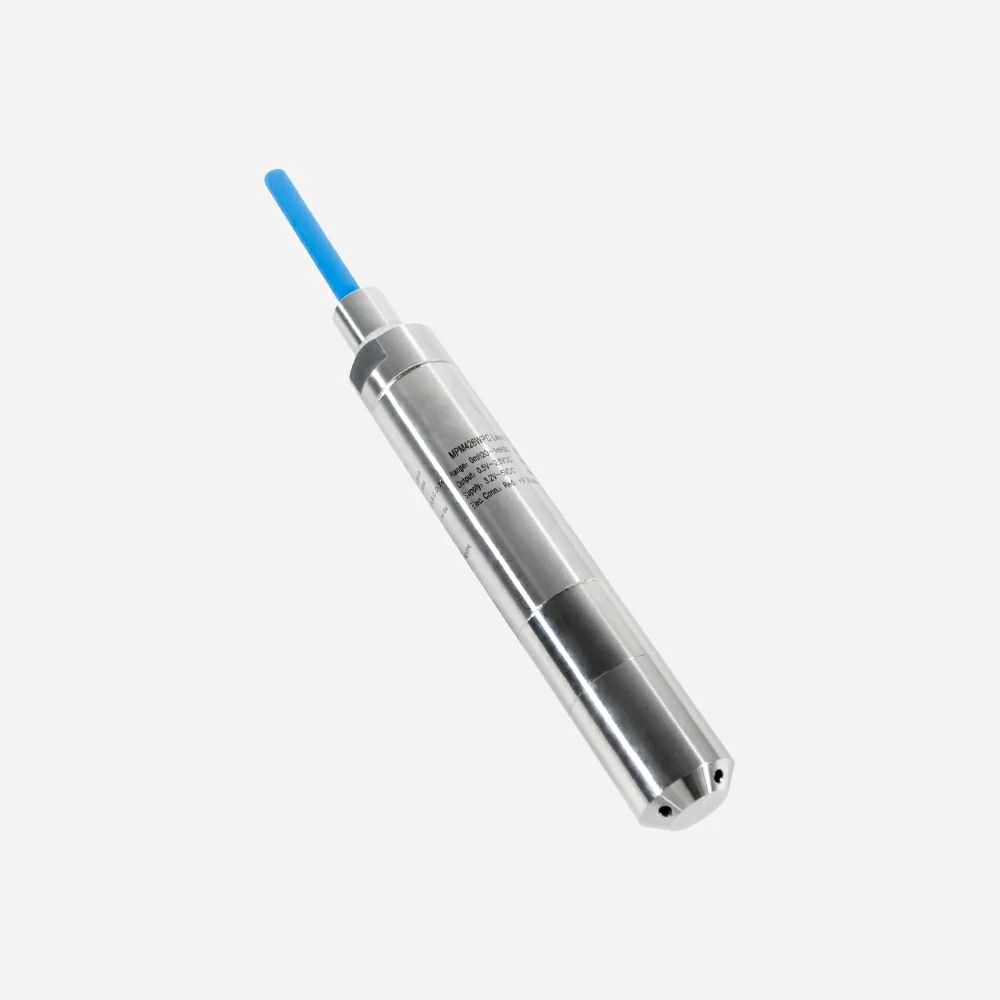
 Copyright © 2025 MICRO SENSOR CO., LTD
Copyright © 2025 MICRO SENSOR CO., LTD